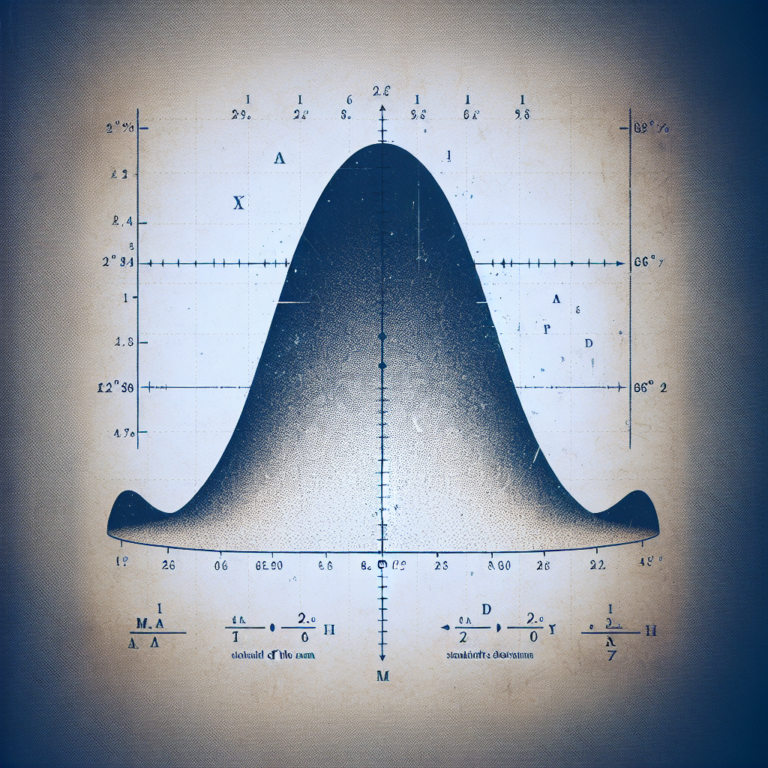When it comes to statistical analysis, understanding mean and standard deviation is crucial for making sense of data. StatisMed, a leading provider of statistical analysis services for medical doctors, recognizes the importance of these concepts in medical research and decision-making processes. In this blog post, we will break down the meaning of mean and standard deviation in a simple and easy-to-understand way to help you grasp these essential statistical measures.
Table of Contents
What is Mean?
The mean, also known as the average, is a measure of central tendency that represents the sum of all values in a dataset divided by the total number of values. It provides a single value that is representative of the entire dataset. For example, if we have a list of numbers: 5, 7, 3, 9, and 4, the mean would be calculated as follows:
(5 + 7 + 3 + 9 + 4) / 5 = 5.6
This means that the average value of the dataset is 5.6. The mean is a helpful measure for understanding the typical value in a dataset, but it can be influenced by extreme values, also known as outliers [1].
What is Standard Deviation?
The standard deviation is a measure of the dispersion or spread of values in a dataset around the mean. It indicates how much the values deviate from the average. A low standard deviation suggests that the values are close to the mean, while a high standard deviation indicates that the values are spread out.
To calculate the standard deviation, you need to follow these steps:
-
- Find the mean of the dataset.
- Subtract the mean from each value to get the deviation.
- Square each deviation.
- Find the mean of the squared deviations.
- Take the square root of the mean of squared deviations to get the standard deviation.
For example, if we have the same list of numbers as before: 5, 7, 3, 9, and 4, the standard deviation would be calculated as follows:
Step 1: Calculate the mean (5.6)
Step 2: Calculate the deviations: (-0.6, 1.4, -2.6, 3.4, -1.6)
Step 3: Square the deviations: (0.36, 1.96, 6.76, 11.56, 2.56)
Step 4: Find the mean of squared deviations: (4.84)
Step 5: Take the square root of the mean (2.2)
The standard deviation of the dataset is 2.2, indicating that the values are relatively spread out from the mean.
Importance of Mean and Standard Deviation in Medicine
In the field of medicine, mean and standard deviation play a critical role in analyzing various aspects of healthcare data. From clinical trials to patient outcomes, these measures help medical professionals understand the central tendency and variability of data, providing valuable insights for decision-making processes.
For example, in a clinical trial studying the effectiveness of a new drug, the mean can help determine the average response to treatment, while the standard deviation can indicate the variability in patient outcomes. Understanding these measures can assist healthcare providers in evaluating the efficacy and safety of medical interventions.
Conclusion
In conclusion, understanding mean and standard deviation is essential for interpreting data in medical research and decision-making. StatisMed is dedicated to providing statistical analysis services that utilize these key statistical measures to support medical professionals in their practice. By grasping the meaning of mean and standard deviation, healthcare providers can make informed decisions based on reliable statistical insights. If you are seeking expert statistical analysis services for your medical research, feel free to contact us or request a quote today.
[1] Source: Statistics for Medical Students, Smith J. et al. (2018) [ad_2]




